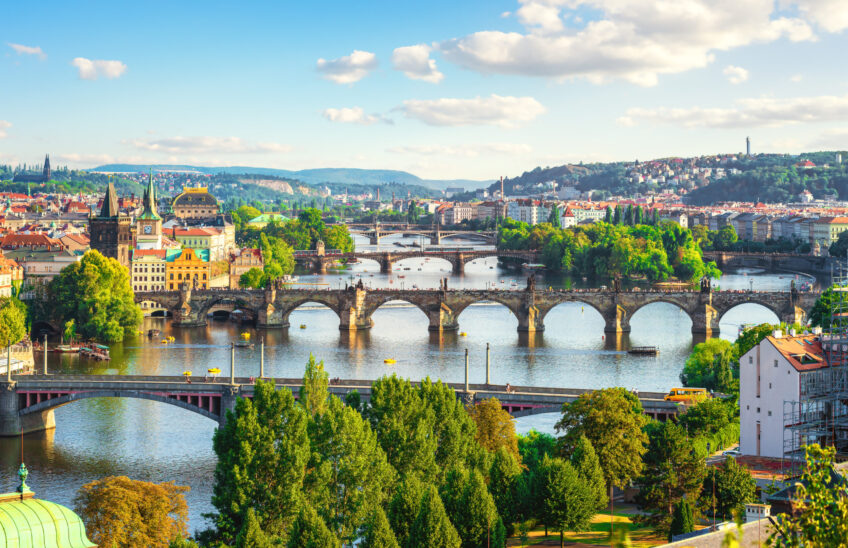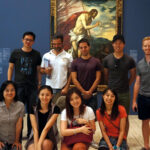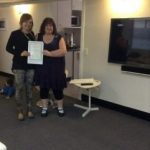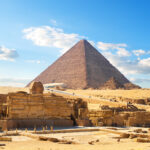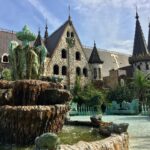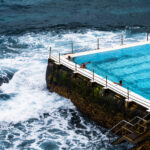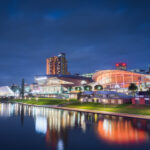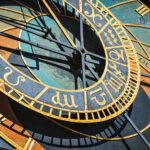Teach English in Prague, The Czech Republic (Czechia)
Are you passionate about teaching English in one of the jewels of Eastern Europe? Look no further than Prague, the enchanting capital of the Czech Republic (Czechia), where teaching English can be a truly transformative experience. Picture yourself immersed in the rich history and architectural beauty of this picturesque city, while igniting the minds of eager learners with the universal language of English.
Prague offers a unique blend of old-world charm and vibrant modernity, making it an ideal destination for both seasoned educators and aspiring teachers. By sharing your language skills, you’ll not only empower students with a valuable tool for success in our globalized world but also forge meaningful connections and friendships with locals, creating memories that will last a lifetime. Join the vibrant teaching community in Prague and embark on an adventure that combines professional growth, cultural immersion, and personal fulfillment like no other.
Most Popular Cities
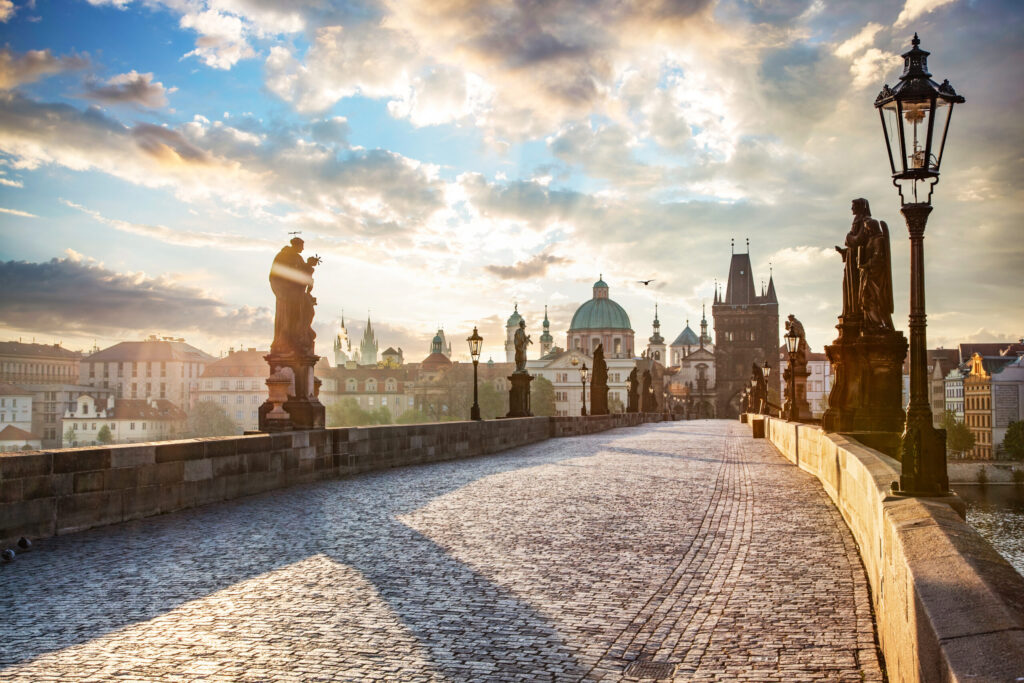
Charles Bridge in Prague, Czech Republic at Sunrise
Prague
The capital city of the Czech Republic, Prague, is undoubtedly the most popular and visited city in the country. It’s brimming with stunning architecture, vibrant neighborhoods, world-class museums, and charming cafes. Exploring the cobblestone streets, sampling traditional Czech cuisine, and immersing yourself in the rich cultural heritage of Prague are experiences that will leave a lasting impression.
- Prague Castle: Dominating the city’s skyline, Prague Castle is one of the largest ancient castles in the world. This architectural masterpiece is home to the stunning St. Vitus Cathedral, historic palaces, gardens, and various museums. Exploring the castle complex provides a glimpse into Czech history and offers breathtaking panoramic views of the city.
- Charles Bridge: Spanning the Vltava River, Charles Bridge is an iconic landmark and a symbol of Prague. Dating back to the 14th century, this pedestrian bridge is adorned with 30 Baroque-style statues and offers picturesque views of the river and Prague Castle. Strolling across the bridge allows visitors to experience the city’s medieval charm.
- Old Town Square: Located in the heart of Prague, Old Town Square is a vibrant and historic public square. Surrounded by colorful buildings, Gothic architecture, and magnificent landmarks like the Old Town Hall with its famous Astronomical Clock, this square is a hub of activity. It is an ideal place to admire the stunning architecture, visit traditional Czech restaurants and cafes, and soak up the lively atmosphere.
- Wenceslas Square: Visit Wenceslas Square, a bustling boulevard in the New Town of Prague. It is lined with shops, restaurants, and historical buildings, serving as a popular meeting point and a venue for various cultural events. Discover the statue of St. Wenceslas, the patron saint of the Czech Republic, and explore the surrounding area filled with shops, theaters, and museums.
- Prague Astronomical Clock: Situated on the southern wall of the Old Town Hall, the Prague Astronomical Clock is a captivating medieval astronomical clock that has been functioning since the 15th century. Every hour, visitors can witness the procession of the Twelve Apostles and a mechanical show. The intricate design and historical significance of this clock make it a popular tourist attraction.
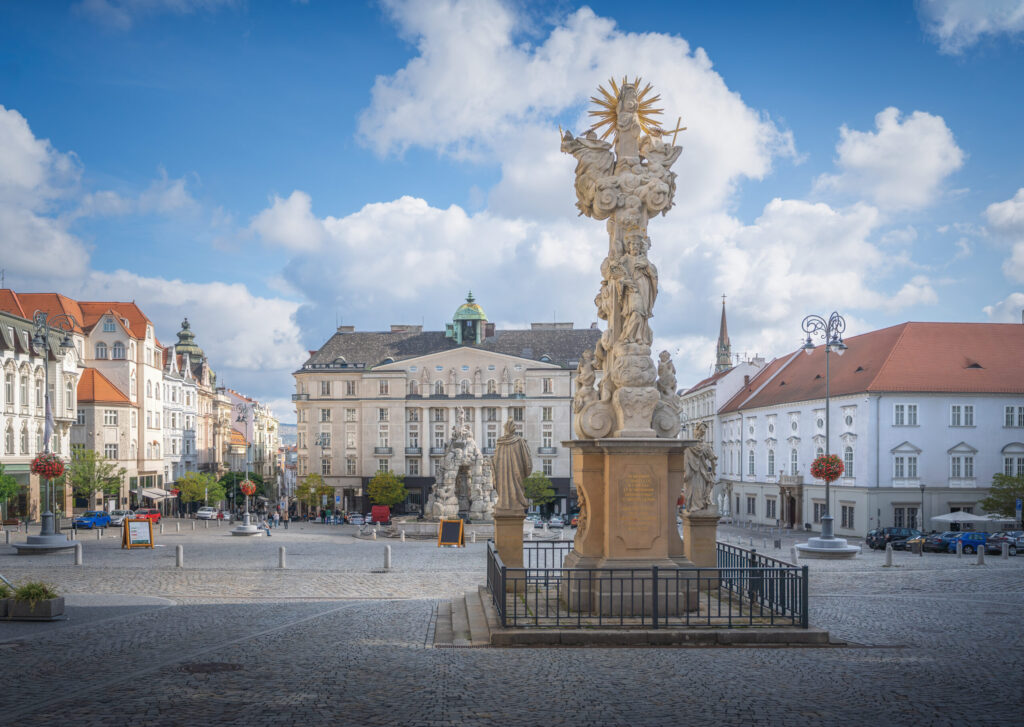
Cabbage Market Square, Brno
Brno
Brno is the second-largest city in the Czech Republic and serves as the capital of the South Moravian Region. It is a vibrant metropolis with a thriving student population, thanks to its renowned universities. Brno offers a blend of historical charm, modern architecture, and a lively atmosphere. Don’t miss the opportunity to experience Brno’s vibrant nightlife and indulge in the local cuisine, which includes traditional dishes and excellent Moravian wines.
- Spilberk Castle: Visit the iconic Spilberk Castle, a historic fortress perched atop a hill overlooking Brno. Explore the castle grounds, which now house a museum, and enjoy panoramic views of the city. Learn about the castle’s intriguing history, including its use as a prison during different periods.
- Cathedral of St. Peter and Paul: Admire the grandeur of the Cathedral of St. Peter and Paul, an impressive neo-Gothic masterpiece located on Petrov Hill. Marvel at its stunning exterior and venture inside to discover its intricate stained glass windows and beautiful interior design. Climb the tower for a panoramic view of Brno’s skyline.
- Villa Tugendhat: Visit the renowned Villa Tugendhat, a UNESCO World Heritage Site and an architectural gem designed by Ludwig Mies van der Rohe. Take a guided tour to explore the meticulously restored interiors, featuring innovative design elements and a blend of modern and functional aesthetics.
- Brno Underground: Descend into the fascinating world of Brno Underground, a labyrinth of tunnels and cellars beneath the city’s historic center. Explore the underground passages, which offer insights into Brno’s medieval history, and learn about the various uses of these hidden spaces over the centuries.
- Moravian Museum: Immerse yourself in the rich cultural and natural history of the region at the Moravian Museum. Located in the city center, this museum houses extensive collections ranging from archaeology and ethnography to geology and paleontology. Discover artifacts, exhibits, and interactive displays that showcase the diverse heritage of Moravia.
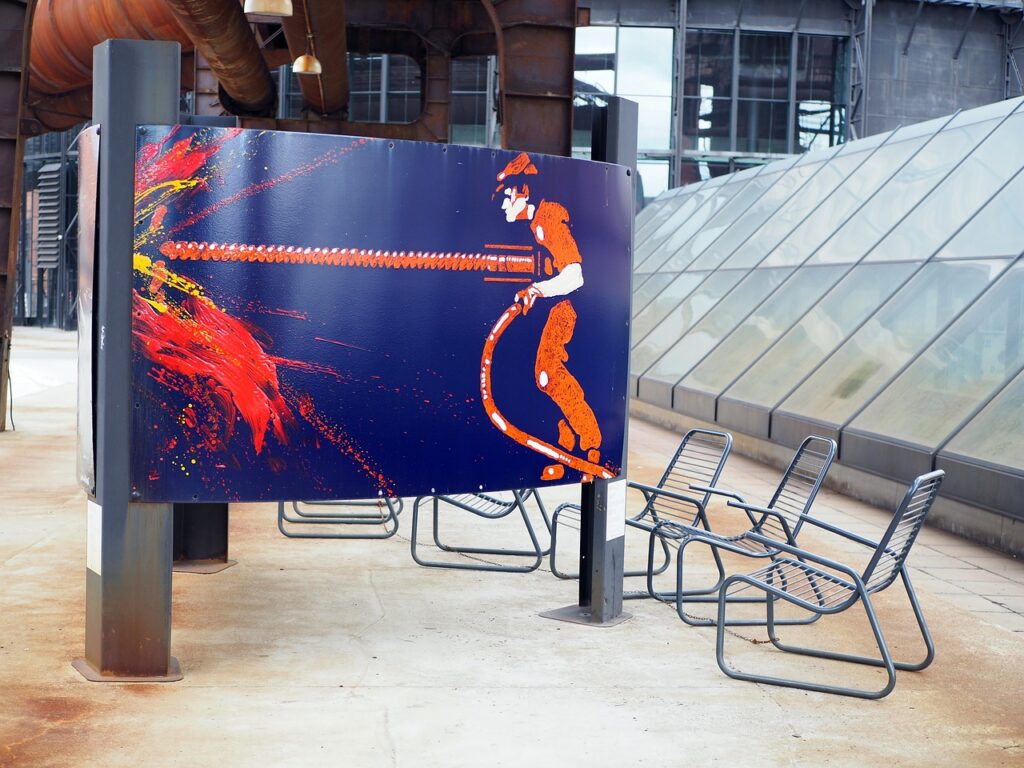
Painting in Vitkovice, Ostrava
Ostrava
Located in the northeastern part of the country, Ostrava is the third-largest city in the Czech Republic. It is a former industrial hub that has transformed itself into a modern and culturally diverse city. Ostrava is known for its vibrant music and arts scene, hosting numerous festivals throughout the year. Visitors can explore the Lower Vítkovice industrial complex, relax in the beautiful city parks, or discover the rich mining heritage of the region.
- Lower Vitkovice: Once a bustling industrial complex, Lower Vitkovice has been transformed into a unique cultural and heritage site. This expansive area offers a fascinating blend of preserved industrial architecture, interactive exhibitions, and cultural events. Visitors can explore the former ironworks, visit the mining museum, and even take a ride in a historic mining lift.
- Ostrava City Hall Tower: Climb the City Hall Tower for a stunning view of Ostrava’s skyline. From the observation deck, you can admire the city’s mix of historical architecture and modern developments. The tower also hosts exhibitions that provide insights into Ostrava’s history and cultural significance.
- Dolni oblast Vitkovice Nature Park: Escape the urban environment and discover the natural beauty of this park, which offers serene walking trails, peaceful ponds, and picturesque landscapes, providing a refreshing contrast to the industrial heritage of Ostrava. It’s an ideal place to relax, enjoy a picnic, or go for a leisurely bike ride.
- Stodolni Street: Known as the “party street” of Ostrava, Stodolni Street is a vibrant and lively destination lined with numerous bars, clubs, and restaurants. This bustling nightlife district offers a wide range of entertainment options, from live music performances to themed bars and late-night dancing. It’s a popular spot for locals and visitors looking for a vibrant and energetic atmosphere.
- Landek Park Mining Museum: Immerse yourself in Ostrava’s mining history at the Landek Park Mining Museum. Discover the underground world of mining through guided tours of the authentic coal mine and explore exhibitions that highlight the region’s mining heritage. The museum also offers interactive displays, a geology park, and a unique opportunity to experience a simulated coal mine.
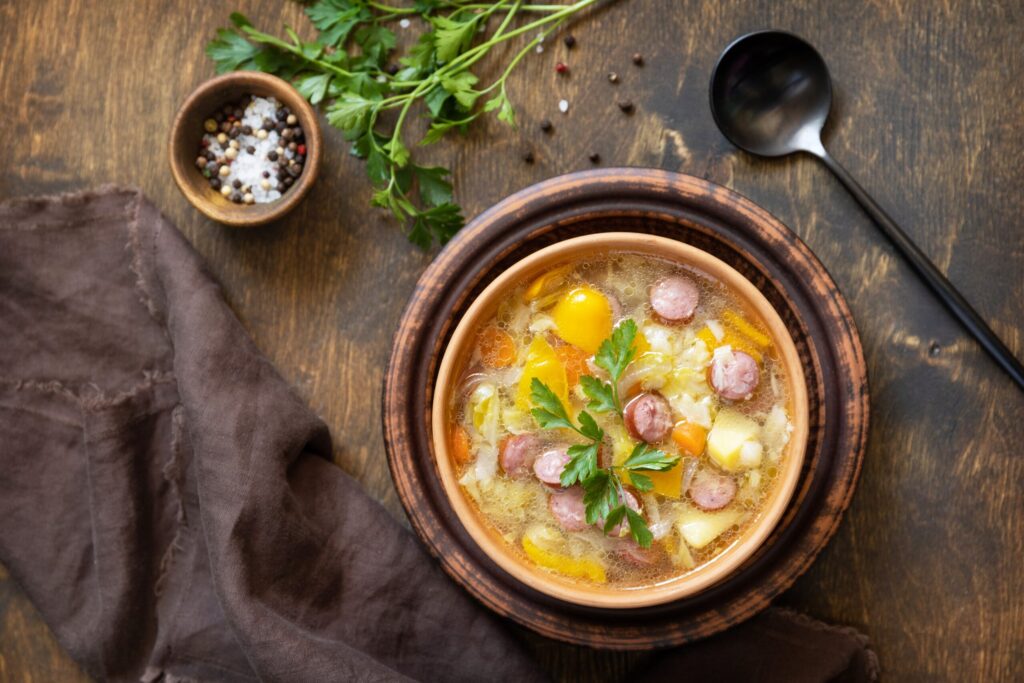
Traditional Czech Food: Zelnacka cabbage soup with sausages and vegetables
Food
The cuisine of the Czech Republic is a delightful fusion of flavors and traditions that reflects its rich history and agricultural abundance. Traditional Czech food is hearty, comforting, and deeply rooted in local ingredients. To accompany these culinary delights, the Czech Republic is renowned for its exceptional beer culture, producing a wide variety of world-class brews.
- Svickova: Svickova is a classic Czech dish consisting of marinated beef sirloin served with a creamy sauce made from root vegetables, onions, and spices. It is typically accompanied by bread dumplings (houskovy knedlik) and topped with a dollop of whipped cream.
- Trdelnik: Trdelnik is a popular Czech sweet treat that has gained international recognition. It is made from rolled dough that is wrapped around a cylindrical spit, roasted over an open flame, and then coated in sugar and sometimes sprinkled with nuts or cinnamon.
- Goulash (Gulas): Goulash is a hearty meat stew that originated in Hungary but has become a beloved dish in the Czech Republic as well. It is typically made with tender beef or pork, onions, paprika, and other spices, slow-cooked until the meat is tender and the flavors have melded together.
- Vepro-knedlo-zelo: Vepro-knedlo-zelo is a traditional Czech dish consisting of roasted pork (veprova pecene), bread dumplings (knedliky), and sauerkraut (zeli). The roasted pork is usually marinated and cooked until tender, while the dumplings and sauerkraut add a hearty and flavorful accompaniment.
- Bramboraky: Bramboraky are Czech potato pancakes made from grated potatoes mixed with flour, eggs, and various herbs and spices. They are pan-fried until golden brown and crispy on the outside, while remaining soft and flavorful on the inside. Bramboraky are often served with sour cream or garlic sauce and make for a delicious and satisfying meal or snack.
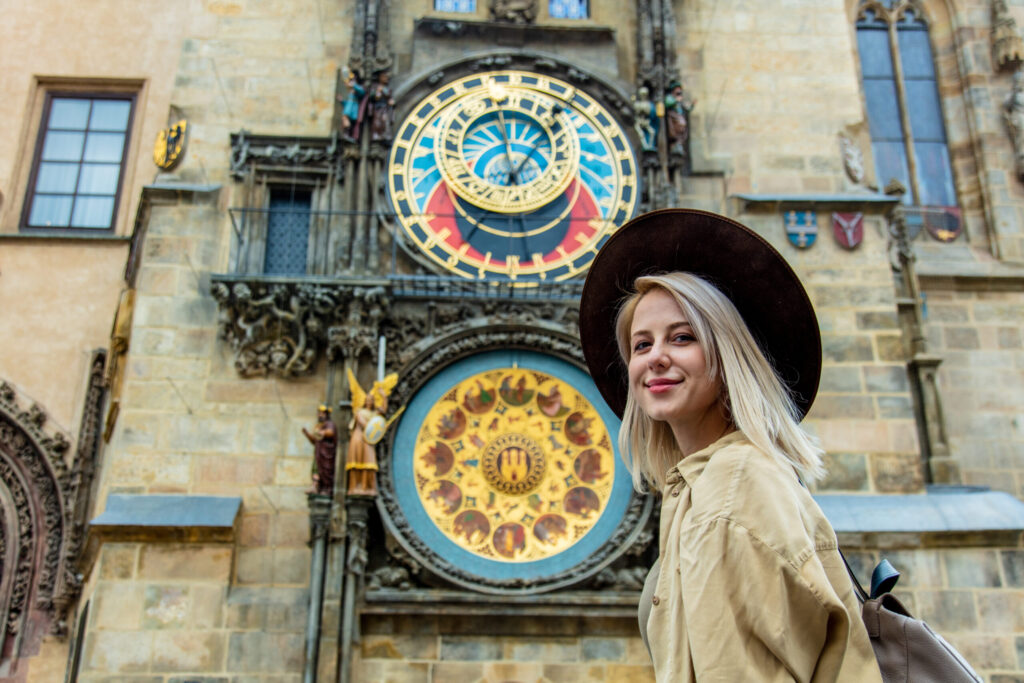
Astronomical Clock: Installed in 1410, the third-oldest astronomical clock in the world and the oldest clock still in operation.
Culture
The people of the Czech Republic, known as Czechs, are known for their distinct characteristics and contributions to the country’s culture and society. It’s rich and diverse, shaped by centuries of history, art, literature, music, and traditions. Czech culture is often characterized by a blend of influences from its Slavic roots, Central European heritage, and its unique historical development. The Czech people take pride in their language, Czech, which is spoken by the their population. Czechs are generally warm, friendly, and hospitable, welcoming visitors with open arms and a genuine interest in sharing their country’s heritage.
- Rich Historical Heritage: Czech culture is deeply rooted in its rich historical heritage, encompassing medieval castles, Gothic cathedrals, and baroque architecture. The country’s strategic location in Central Europe has led to a blending of cultural influences from neighboring countries, resulting in a unique and diverse cultural tapestry.
- Artistic and Literary Traditions: Czech culture has a strong tradition of artistic and literary expression. Renowned Czech authors, such as Franz Kafka, Milan Kundera, and Bohumil Hrabal, have made significant contributions to world literature. The country is also known for its vibrant art scene, with influential artists and architects shaping the cultural landscape.
- Musical Legacy: The Czech Republic boasts a rich musical legacy, with famous composers such as Antonin Dvorak, Bedrich Smetana, and Leos Janacek. It’s also home to several prestigious music festivals, including the Prague Spring International Music Festival and the Bohuslav Martinu Festival.
- Love for Nature and Outdoors: Czechs have a deep appreciation for nature and outdoor activities. The country’s picturesque landscapes, including mountains, forests, and rivers, offer ample opportunities for hiking, cycling, skiing, and exploring national parks. Czechs take pride in preserving their natural surroundings and engaging in sustainable practices.
- Culinary Delights: Czech cuisine is known for its hearty and flavorful dishes. Traditional Czech food often features meat, potatoes, cabbage, and dumplings. Popular dishes include goulash, svickova, and trdelnik (a sweet pastry). The Czech Republic is also renowned for its beer culture, producing a wide range of high-quality beers appreciated both locally and internationally.
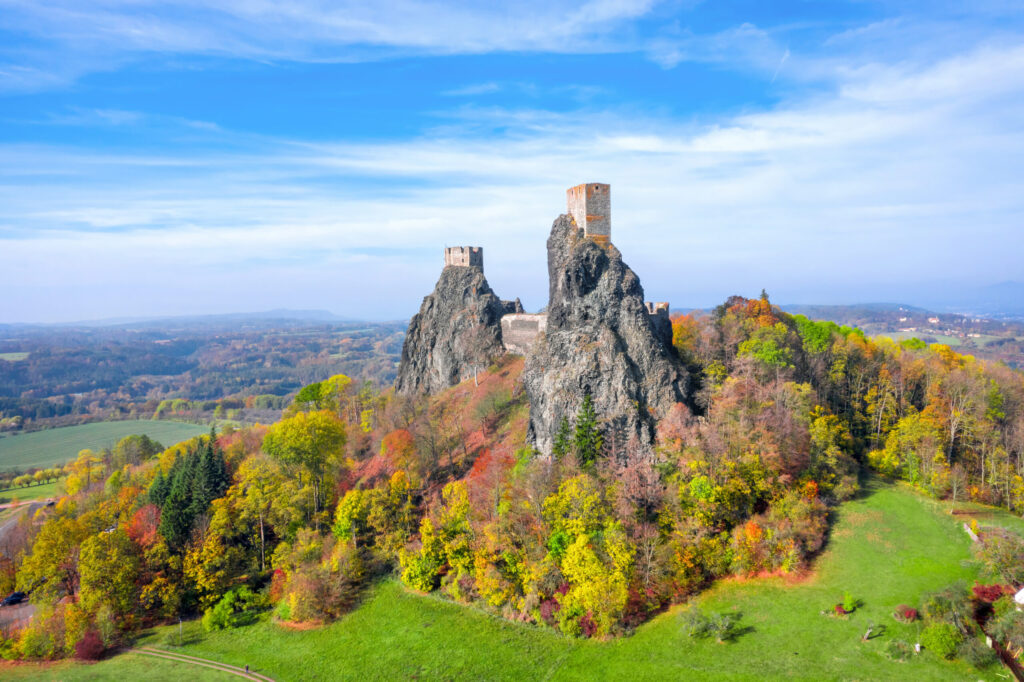
Trosky Castle, Troskovice
Qualifications
You will need an internationally recognised TESOL Certificate to teach English in Prague, The Czech Republic (Czechia).
Visa
To work as an English teacher in Prague, The Czech Republic (Czechia), you will need to have a valid work visa. Most schools will help you obtain the correct visa and guide you through the process with visa assistance. Some students will originally enter on a 3-month holiday visa. The process of obtaining a work visa can vary depending on your country of origin, but generally, you will need to provide proof of your qualifications, a valid passport, and a criminal background check. It is important to check the specific requirements for each country and your language school for up-to-date advice.
Get Started!
Enrol in a TESOL course and travel to Prague, The Czech Republic (Czechia), for a great opportunity to experience a rich cultural heritage, learn about a diverse society, and improve your teaching skills. With a high demand for English as a Second Language, opportunities for ESL teachers are abundant, and the cost of living is relatively low. Czech people are known for their warm hospitality, which is deeply rooted in their cultural values, making it a welcoming and enjoyable experience for those who choose to teach English in Prague, The Czech Republic (Czechia).


